How to set up a reef aquarium - PART 1 - Choosing the right aquarium.
Introduction to setting up a reef aquarium, by James Goodchild at Salty Revolution.
I started keeping marines back in 1986, when the hobby was really in it’s infancy. Over the last 36 years of keeping many dozens of marine tanks, I’ve had a fair bit of experience in what works well, and what to avoid too!
Over the last 10 years in the aquarium trade i’ve kept 600+ species of marine fish, 300+ species of mobile inverts, and many types of corals, etc. I also speak to many hundreds of hobbyists from all over the world every month about their marine tanks. About half of those are here in the UK, but, I also speak to quite a few hobbyists, wholesalers, and collectors, in the US, Indonesia, Philippines, Thailand, Vietnam, Saudi Arabia and elsewhere.
Using the knowledge I’ve gained over the years of various ways of keeping marines, I’m making this short mini series guide on the easiest, simplest, and most robust way to start a reef aquarium.
We’ll be doing this in a number of -parts over the next few weeks, taking you step by step through each phase of what to do. Unlike most other guides though this one is a little different, for a few reasons.
Our primary goal is to make the system robust. Less problems means a happier hobby all round, so we’re going to rely on creating a stable biological ecosystem, so the tank inhabitants do most of the work for you. This means there is also less to learn, because rather than teaching you what to do, we put in animals, that already know what to do, and they do it for you.
Another things that makes this different, is it’s written on several different levels. So at each stage there is a basic version which says what to do, then below that there is an expanded version explaining why you should do that, what are the advantages, and what other options there are and why I didn’t choose that. This makes it easy for complete novices to follow step by step what to do, but, also you can read why I made that decision at each stage.
We’re also including a budget plan for the setup as we go along, but, again this is split into three options. So for each stage there are 3 choices you can make depending on your budget. So you can choose:
The best - The best and most expensive option for the part.
Recommended - What I’d suggest as the most preferable choice.
Shoestring - The budget option, where you can save a lot of money, but, also what things to not cut back on.
Sign up to our VIP mailing list below, so you don’t miss out on all this free advice. Our VIP mailing list is free to join, no membership costs, you can unsubscribe anytime you want, we only need your name and the email address you’d like our updates sent to. We don’t share your details with anyone else either. You also get info on new shipments, special VIP first peek options, VIP offers, and even special VIP priority store opening days, etc. You might save yourself a fortune by joining, and if it’s not for you then you can always unsubscribe whenever you want. Although I doubt you’d want to!
PART 1 - choosing the right aquarium.
Choosing the right tank size
BASIC ADVICE
Ok so the first thing to decide is size of tank size. For your first tank you are best starting off with a tank in the 50 litres to 100 litres size.
JAMES SAYS
Tank under 50 litres can be very unstable, with marines stability is everything, so the more stable it is, the easier it becomes.
Most of the most popular marine fish, especially those favoured by beginners are quite happy in tanks of around 100 litres or less, so there is little advantage in going much bigger than this. It is also much less expensive to set up and maintain a 100 litre than a 250 litre for example.
Whilst this may not worry you much if you have a large budget, another way to look at it is for the same cost and work as a 250 litre a 100 litre tank will look twice as good, and a 50 litres will look twice as good as that. You’ll be able to fill it more easily with a diverse range of colourful inverts and corals, and still with care keep a good selection of fish.
Fish are also often more secure in a smaller tank, they settle better and will often be out more. In a 250 litre the fish are more likely to spend more time out of sight for some reason.
Don’t feel like it will limit your choices or you’d fill it too quickly either. With my 100L Coral Zoo project I managed to get 450 types of coral, in 100 litres with space to spare. In total at retail that was around £21,000 of coral. Now whilst you can fill a 100 litre with coral for a budget of a few hundred pounds and 12 months growth quite easily, it goes to show that even with a big budget you can still blow all your budget if you want on even a small tank. This was all soft corals too, with LPS, you can easily fit £100,000 of coral in a 100 litre if you chose to do so.
You can also easily get 50 to 100 species of inverts into a 100 litre tank, and if you stick to small fish (mostly under 1”), and keep up maintenance then stocking levels as high as 1 fish per litre can be achieved. Although to do that fish species need to be chosen with care.
Another advantage of a small tank is that you will see far more detail. With most of the animals closer to the glass, and less rockwork than a larger tank, you will be able to see every streak of colour in the corals, much more of the inverts going about their daily lives, and generally feel closer to the fish, which often pay more attention to the hobbyist and become more tame in smaller tanks.
It also means any pests and problems are seen more easily too. This is particularly useful if you are new to reef keeping and less likely to spot potential problems. Generally in reef tanks the larger the tank the more likely you are to get pests, the harder they are to spot, and the more numerous and difficult they will be to deal with.
Also these days many people will want to take photos of their tank; for your own enjoyment, to show friends, or, to share on Instagram etc. Smaller tanks are generally easier to photograph in detail as the animals are closer to the glass, the water is usually clearer, it’s easier to keep clean, you have more control on lighting, less hiding places, and smaller tanks usually have thinner glass so less distortion. Small tanks are often easier to clean and generally that means less scratches in the glass too.
Choosing the right shape of tank
BASIC ADVICE
Avoid tall and narrow tanks. Ideally you want a tank where the distance from front to back is at least the same as the height. If you’re on a budget try to stick to tanks no more than 18” (450mm) long. If you have a higher budget then tanks upto 24” long are ok. Avoid a central weir. In fact avoid a sump altogether on this size of tank. Ideally pick one with the filtration built in along one end, or, along the back. If on a budget a standard glass tank is ok, avoid cannister filters though, and use a big internal filter instead.
JAMES SAYS
To make a reef tank look really good virtually all the rock needs to be covered in corals. Imagine a show garden at the Chelsea flower show. If 3/4 of the garden was a thing of beauty, whilst 1/4 of it was bare ploughed earth ity’s unlikely to look good. It’s the same with a reef tank. Filling flat areas with coral is easy, but covering vertical surfaces is much harder. Imagine you pick a tank 18” high. Now the rockwork should only be mostly 2/3 of the height of the tank, the top third being full of coral and space for water movement. So with rockwork 12” high, at a 45 degree angle that will creep out 12” from the back. Allow another 4” at the front for a minimal gap to clean glass etc, and you can see how even with the rocks stacked fairly vertical at 45 degrees in an 18” high tank this uses 16” front to back height. If you have a peninsula tank (viewed from two sides this becomes even more pronounced. Say the tank is 18” wide, allowing 4” each side for access, leaves only 10” for rockwork in the middle, with two 5” slopes at 45 degrees each, you can see the rockwork is only 5” tall. For this reason end section filtration or a large internal filter at one end can be preferable to a back section which robs that all important width front to back. On tanks designed to be viewed from both sides ideal the distance should be 1.5 times the height to allow gentle double slopes.
Most new coral lights such as Hydra 32HD can light a 2ft or even a 3ft spread. So if you have the budget for a good light, then buying 1 new good light, or even 2, tank length isn’t a big concern. But, on a budget you really want to stick to 1 light to save funds. Older second hand, or less powerful lights, may only light an 18” spread. So if on a budget for lighting, try to pick tanks up to around 18” long.
Tanks up to 18” front to back and up to 24” long are fairly easy to stand on sturdy household furniture. This is often much less expensive than buying aquarium tank stands, and easier to fit onto existing furniture (check it can take the moisture and weight though). Most aquarium stands are also unlikely to match existing decor. Plus being able to have more choices where to locate the tank, means you can often get a spot in the room that is better for the tank inhabitants, and better for you to see them. We cover this in later parts of this series.
Cannister filters can be a pain to maintain compared to a large internal. A large internal filter is often less noticeable then pipes in and out, and it makes it easier to fit a lid or jump guard too without hoses in and out. We’ll cover this is more detail in future parts on equipment.
Central rear weirs are best avoided, as they can disrupt flow quite badly.
Recommended products
We stock very little equipment or tanks because we believe it’s important to be able to give you independent honest advice. We do not receive any incentives from any brans mentioned below to promote their products. This is 100% our honest opinion.
Best luxury choices
When it comes to the best luxury choice my top 3 recommended option are usually:
Aquariums4life
Aquariums4life
Aquariums4life
Honestly their tanks are so good, that for a luxury tank, there isn’t anyone else I’ve tried that has ever really come close to them in terms of quality, and they’re often not even that expensive either, often comparable to standard off the shelf tanks.
Having Said that the smaller Waterbox tanks are so good, I’d also consider those, particularly the CUBE 20, probably the best standard nano on the market. For something unique though, I’d still go with Aquariums4life.
Recommended best buy
Any of the CUBE and PENINSULA models are pretty good, but, the CUBE 20 is by far the best standard nano tank on the market by a mile in my opinion.
Best budget buy
First choice would be a secondhand Waterbox CUBE 20, if you can find one. Most of the standard 50L nano tanks are good options. Any standard glass tank can be used too.
Links
Sign up below so you don’t miss future parts of this series.
Click the button below to find out more about our 100L Coral Zoo project.
Salty Revolution; Facebook, YouTube, Instagram, and email us.
James Goodchild
Salty Revolution

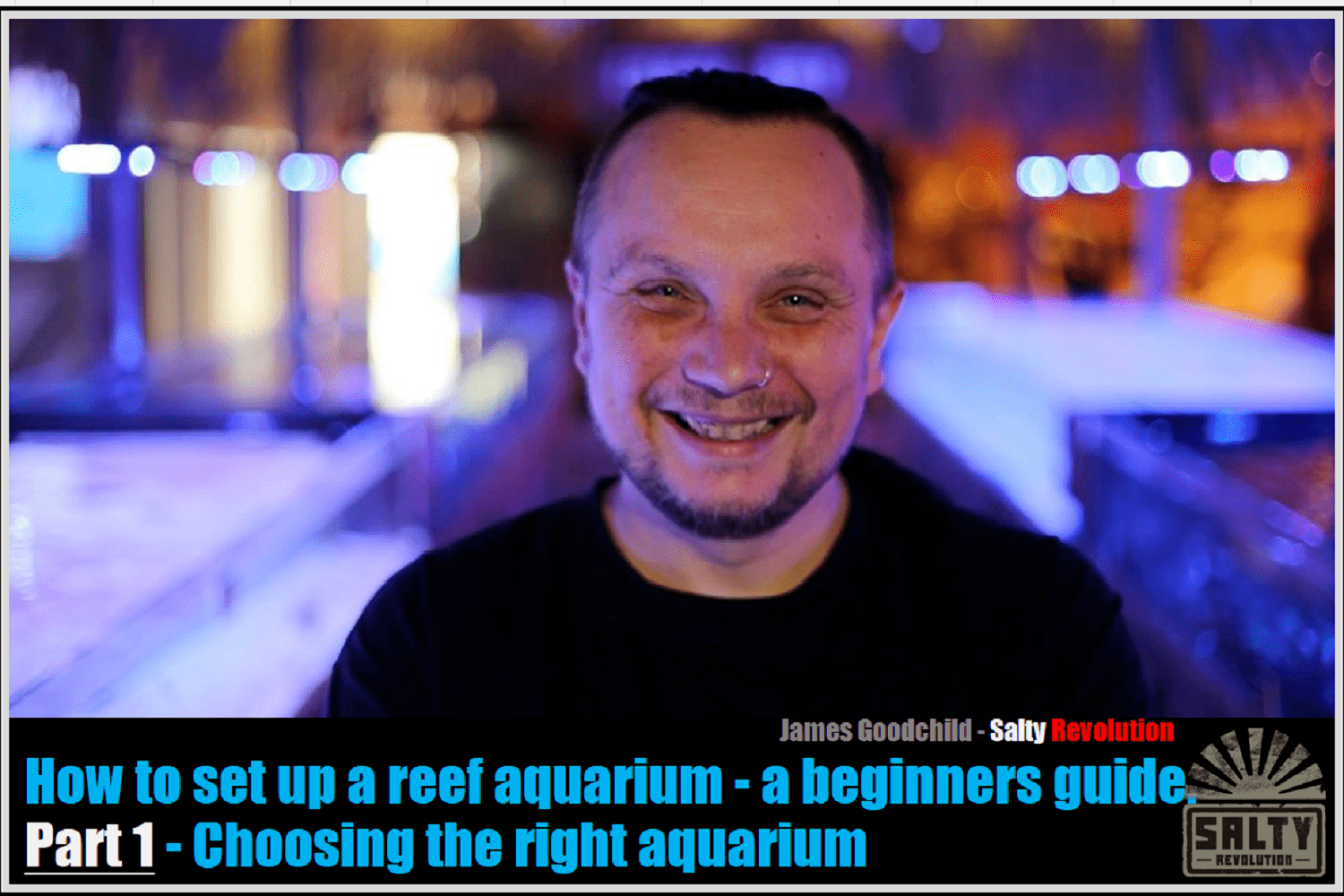


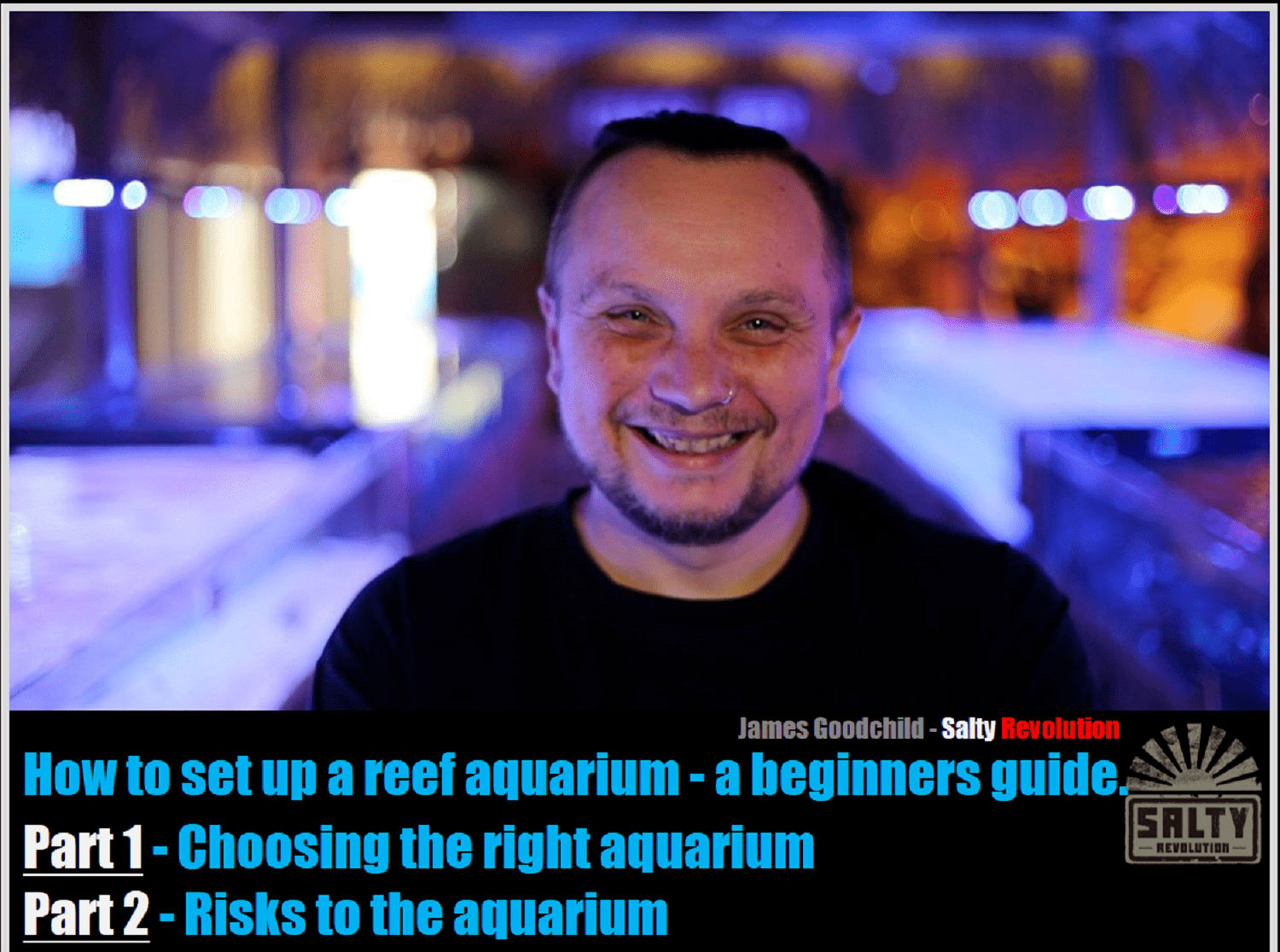
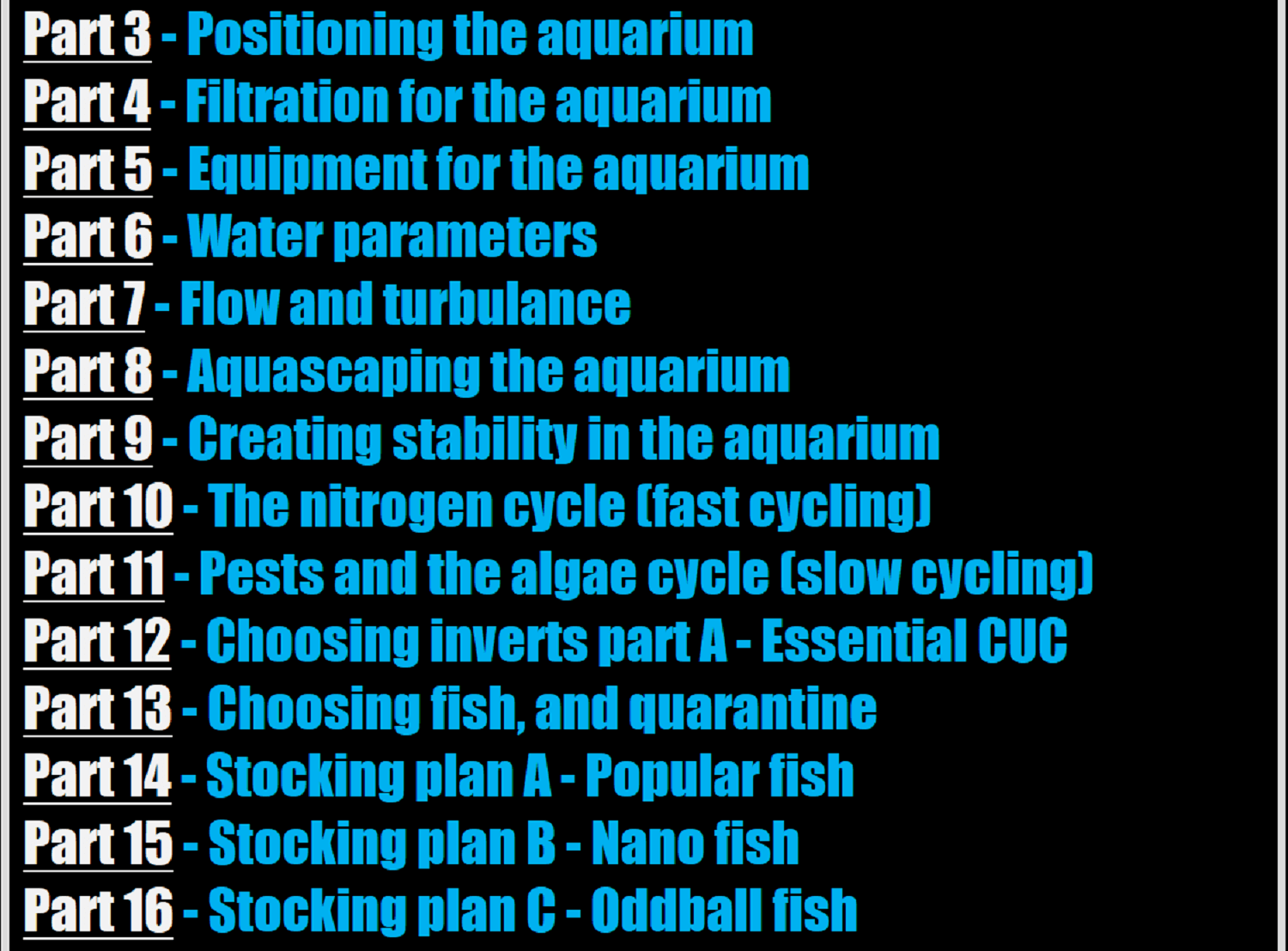
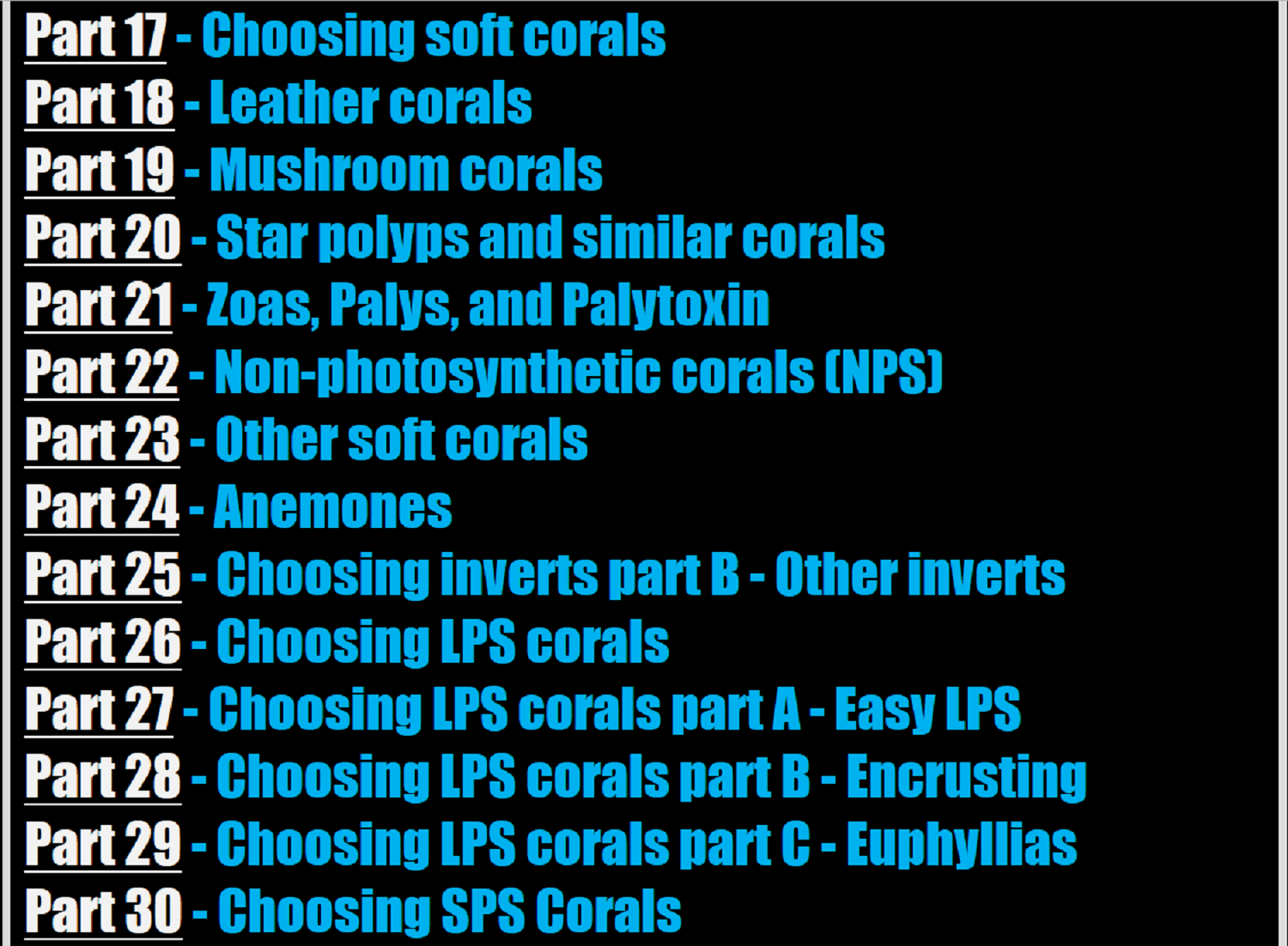
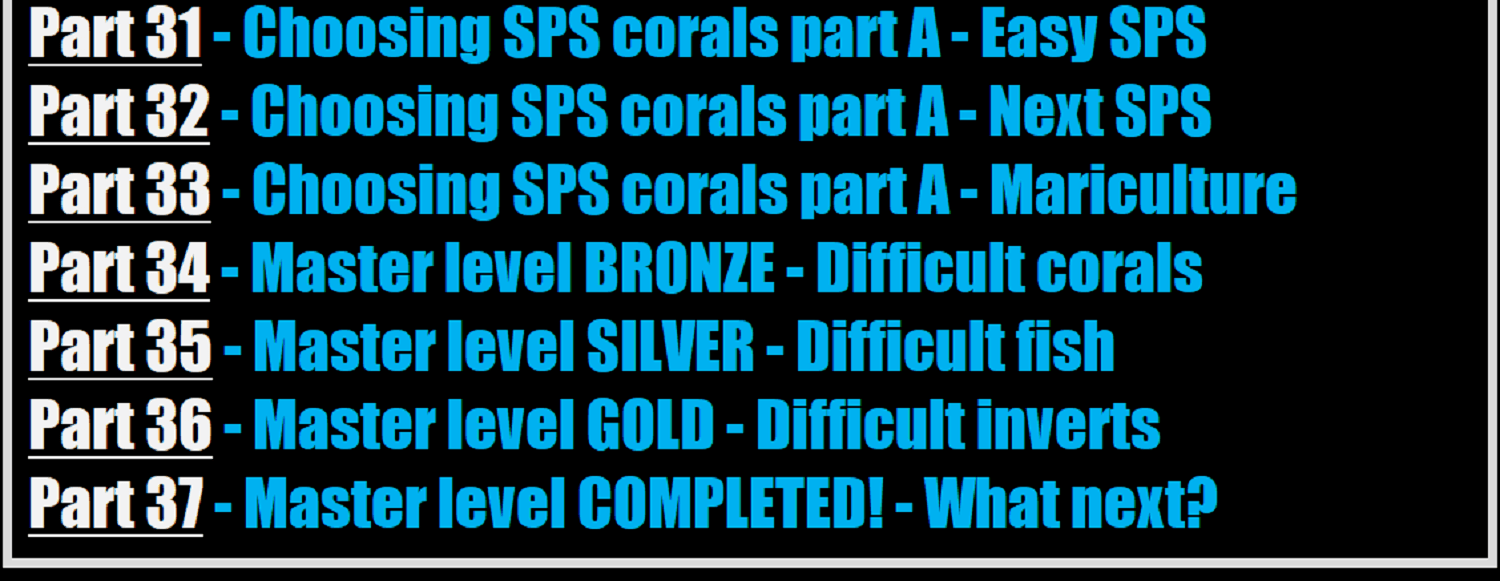












A beginners guide to setting up a reef aquarium.